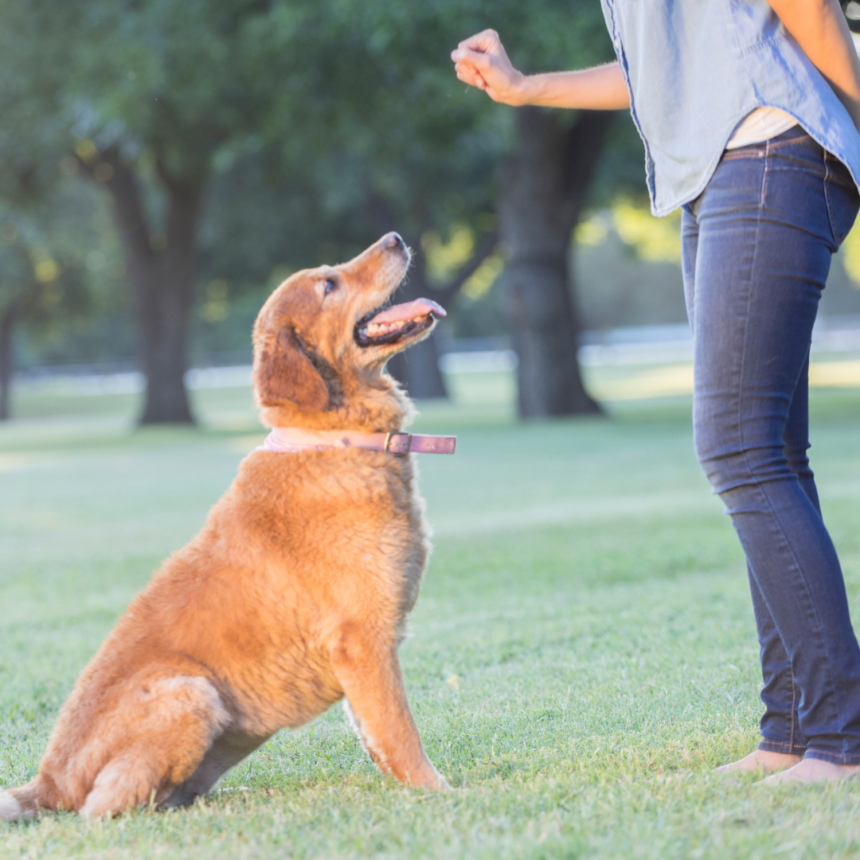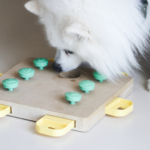Introduction
Welcoming a canine companion into your home is a joyous occasion, but ensuring a well-behaved dog requires dedication and guidance. This guide aims to shed light on the significance of teaching canine etiquette and offers practical solutions to foster good manners in your four-legged friend.
Understanding Canine Behavior
Understanding our canine companions goes beyond the wagging tail and expressive eyes; it delves into the core of their natural behaviors and unique communication methods. Dogs, inherently social animals, convey messages through body language, vocalizations, and actions. Recognizing these cues is crucial for fostering a strong bond and addressing potential behavioral challenges.
Common behavioral issues often observed in dogs include jumping, barking, and leash pulling. Jumping, while a sign of excitement and eagerness to greet, can become problematic when it leads to unwanted interactions. Barking, a natural form of communication, may escalate if not properly managed, causing disturbances in various situations. Leash pulling is often a result of a dog’s enthusiasm or desire to explore, but it can make walks less enjoyable for both the pet and the owner.
Addressing these behaviors requires a holistic approach, considering the dog’s breed, temperament, and individual history. Positive reinforcement techniques, emphasizing rewards for desired behaviors, prove effective in reshaping actions. Consistent training and clear communication help dogs understand boundaries and expectations.
By understanding the natural behaviors of dogs and addressing behavioral challenges with patience and positive reinforcement, owners can create a harmonious living environment. Building a strong foundation of communication ensures a fulfilling and mutually beneficial relationship between humans and their furry friends.
Key Aspects of Canine Etiquette Training
Building a strong and communicative bond with your canine companion is essential for a harmonious relationship. One of the pillars of effective communication is teaching your dog essential commands, laying the groundwork for a well-behaved and obedient pet.
Mastering the Sit Command:
The “sit” command is fundamental and serves as the cornerstone for many other obedience commands. Teaching your dog to sit on command is a valuable tool for managing various situations, from greeting guests to crossing the street safely. To effectively train the sit command, start in a quiet environment, using treats or praise to reward the desired behavior. Consistency is crucial; always use the same verbal cue and reward system to reinforce the command.
Stay Command for Discipline and Control:
“Stay” is a command that promotes discipline and control in various situations. Teaching your dog to stay in a designated position enhances safety and prevents impulsive behaviors. Begin training in a quiet space, gradually increasing the duration your dog must hold the stay position. Positive reinforcement, such as treats or affection, reinforces the behavior. Consistent repetition and patience are key, ensuring your dog understands the command in different environments and contexts.
Leave It Command for Impulse Control:
The “leave it” command is vital for preventing your dog from engaging with potentially harmful items. Teaching this command fosters impulse control and helps keep your dog safe. Start by offering a treat in a closed hand and using the command. When your dog refrains from attempting to take the treat, reward them with a different treat or praise. Consistency is paramount; practice the leave it command with various objects and in different scenarios to solidify the behavior.
Positive Reinforcement Techniques:
Positive reinforcement is a cornerstone of effective dog training. When teaching commands, use a combination of treats, praise, and affection to reward desired behaviors. Dogs respond well to positive reinforcement, associating the correct behavior with a pleasurable outcome. Be consistent in your rewards, ensuring your dog understands the connection between the command and the positive reinforcement.
Consistency Is Key:
Consistency is a crucial factor in successful dog training. Use the same verbal cues, hand signals, and reward systems consistently to reinforce the desired behavior. Dogs thrive on routine and predictability, so maintaining a consistent approach across different environments and situations is essential for long-term success.
Dealing with Common Etiquette Challenges
In the delightful journey of pet ownership, challenges like excessive barking, digging, or counter-surfing can sometimes test our patience. However, understanding these behaviors and implementing effective solutions can transform your relationship with your furry friend.
Excessive barking, a common concern, often stems from boredom, anxiety, or a desire for attention. To address this, engage your dog in mentally stimulating activities and provide toys that offer both mental and physical exercise. Positive reinforcement for quiet behavior reinforces the message that silence is rewarded.
Digging, while instinctual, can become problematic when it transforms your garden into a lunar landscape. To curb this behavior, designate a specific digging area, filling it with loose soil, and encourage your dog to dig there. Rewarding them for using the designated spot redirects their natural inclination.
Counter-surfing, an art form mastered by many dogs, can be managed through consistent training. Remove temptations from countertops, and use deterrents like double-sided tape or pet-friendly mats. Reward your dog when they refrain from exploring forbidden surfaces, reinforcing positive behavior.
Behavior modification relies on redirection and positive reinforcement. Identify the root cause of the behavior and address it proactively. Whether it’s boredom, lack of exercise, or seeking attention, a well-thought-out strategy tailored to your dog’s needs is key.
Socialization Skills for Dogs
Socialization is a crucial aspect of raising a well-adjusted and happy dog. By exposing your canine companion to various people, animals, and environments, you lay the foundation for a balanced and confident pet. In this article, we’ll explore the importance of socializing dogs and provide practical guidance on introducing them to new experiences.
Socialization is not just a luxury; it’s a necessity for a dog’s behavioral development. Dogs that are well-socialized tend to be more adaptable, less anxious, and more comfortable in various situations. It helps prevent behavioral issues and fosters positive interactions with both humans and other animals.
Begin socialization early in your dog’s life, ideally during the critical developmental period between 3 and 14 weeks. Gradually expose your dog to a variety of environments, people, and animals. Start with controlled, positive experiences to build your dog’s confidence. Encourage positive interactions by offering treats, praise, and gentle petting.
Not all socialization encounters will go smoothly, and it’s essential to be prepared for the unexpected. Pay attention to your dog’s body language and reactions. If your dog appears anxious or stressed, provide a calm and reassuring presence. In challenging situations, redirect your dog’s attention to a positive activity or create distance until they feel more comfortable.
Guidelines for Successful Socialization:
- Start Early: Begin socialization during the critical developmental period to maximize its effectiveness.
- Positive Reinforcement: Reward positive behaviors with treats, praise, and affection to reinforce a positive association with new experiences.
- Gradual Exposure: Introduce your dog to new environments and situations gradually, allowing them to acclimate at their own pace.
- Monitor Body Language: Pay close attention to your dog’s body language, and intervene if signs of stress or discomfort arise.
- Variety is Key: Expose your dog to a diverse range of people, animals, and environments to create a well-rounded and adaptable pet.
Conclusion
In conclusion, nurturing good manners in your dog is a rewarding investment in your relationship. By understanding their behavior, employing positive reinforcement, and addressing challenges head-on, you pave the way for a well-mannered and delightful canine companion.









